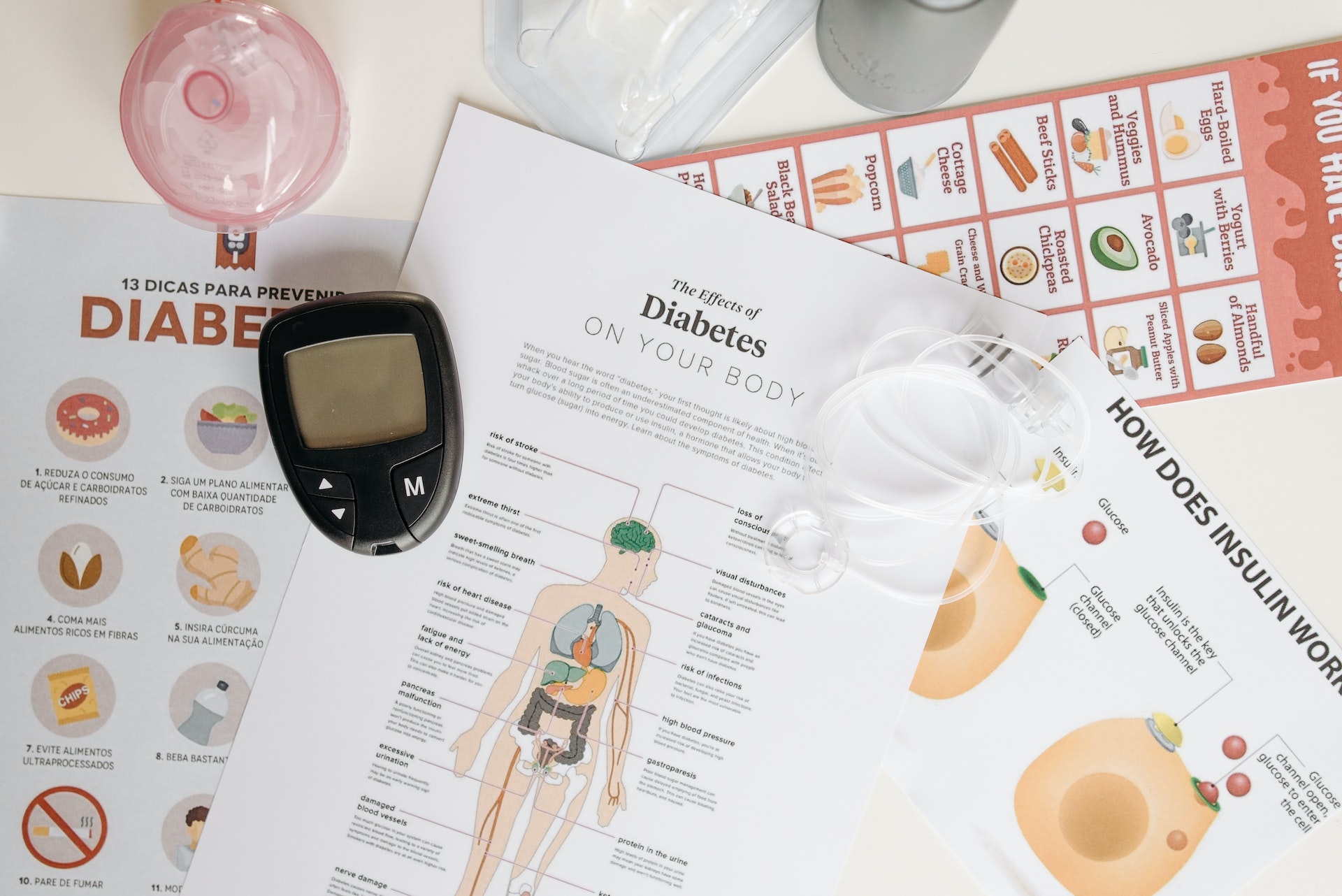For people at risk of developing diabetes, it is essential to make lifestyle changes that increase their odds of prevention. Unfortunately, diabetes is a chronic health condition that impacts millions of people worldwide. It can lead to serious medical problems if left untreated, such as cardiovascular disease, foot damage, and vision issues. Many people develop diabetes without even knowing that they are at risk of doing so. 37% of people with untreated prediabetes develop type 2 diabetes within 4 years.
Thankfully, there are many proactive steps that people can take to reduce their risk of developing diabetes. Healthy lifestyle changes can make a big difference and make it easier to prevent this condition from forming. So what are some great tips for preventing type 2 diabetes? Keep reading to learn more!
Keep an Eye on Carb Intake
People with prediabetes are resistant to insulin, which makes them vulnerable to higher blood sugar and insulin levels. For this reason, they must reduce their total carbohydrate intake as the body breaks carbs down into small sugar molecules. Frequently added sugar or refined carb intake has been linked to diabetes risk. Studies show that replacing these high-sugar and high-carb items with healthier alternatives can reduce diabetes risk.
Some examples of refined carbohydrate foods include white bread and pastries, fruit juices, and processed foods with sugar. Instead of refined carbs, prediabetics can opt for complex carbohydrates like whole grains, legumes, and vegetables. These foods get digested more slowly by the body, which helps the body avoid sharp spikes in blood sugar.
Maintain an Active Lifestyle
To prevent diabetes from forming, it is important to reduce insulin resistance and blood sugar in the body. Thankfully, maintaining an active lifestyle can help those at risk do exactly that. Exercise increases the insulin sensitivity of the cells, meaning that you need less insulin to manage blood sugar levels. Even short bouts of exercise that last ten minutes are very beneficial in this regard. Brisk walking is great for improving insulin and blood sugar health, as are other forms of aerobic, high-intensity, and strength workouts.
Learn Portion Sizes
Surprisingly, many Americans are unaware of what an appropriate portion size of food truly is. By learning this important information, people at risk of developing diabetes can take control and avoid eating too much food regularly. This is important because eating too much at one time has been shown to cause high blood sugar and insulin levels. Consistently managing portions of food in the right way can make it much easier to stay at a healthy weight and prevent an increase in body fat over time.
To start, make half of your plate non-starchy vegetables, a quarter lean protein, and a quarter complex carbohydrates. When dining out, don’t feel pressured to finish a meal that has double or triple the amount of food recommended. You can always take food to go and eat it at another time.
Pay Attention to Fiber
For some reason, the vast majority of Americans do not eat enough fiber on a daily basis. This is unfortunate, as a fiber-rich diet is associated with better gastrointestinal health and a reduced risk of heart attacks, strokes, high cholesterol, obesity, and type 2 diabetes. Making fiber a priority can help prediabetics slow the absorption of glucose and also lower their cholesterol and inflammation levels. Fiber also helps people feel full and satisfied, an important benefit for weight management. Some great sources of fiber include lentils, beans, avocados, peas, broccoli, and berries.
Conclusion
In conclusion, people at risk of developing type 2 diabetes can take control by making healthy lifestyle choices. Staying active, eating complex carbohydrates, learning portion sizes, and adding a fiber-rich diet are all great ways to prevent the development of type 2 diabetes. Small changes can lead to big improvements in overall health when they are done with consistency. Start by making small changes today and you can expect big health benefits in the future.

